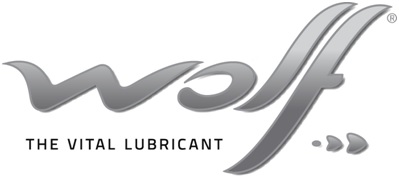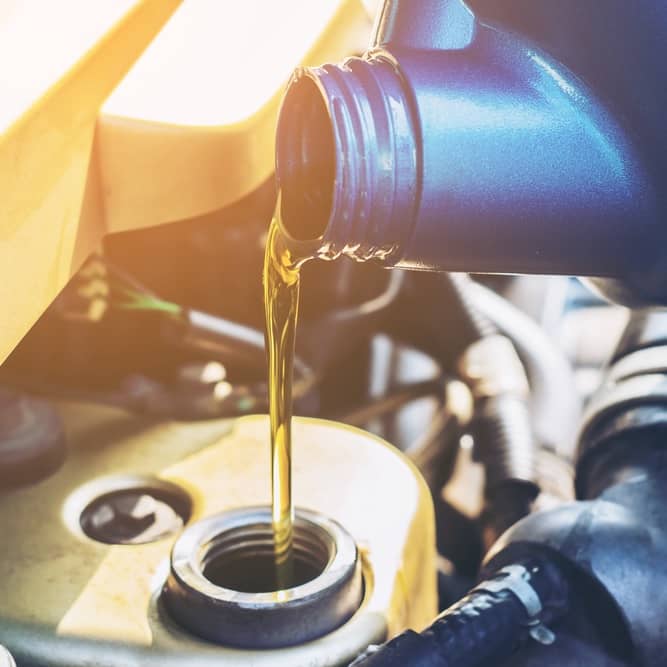For every 1,000 kilometers traveled, the oil level in the engine is considered, and it should be changed once a year, or every 10,000 to 15,000 kilometers, again depending on many parameters. Attention should be paid to the occurrence of oil consumption during operation (which is measurable), changes in the smell of oil, changes in the sound of engine operation, the increase in engine operating temperature and the start itself.
Tags
Labels are not that complicated either, and the most common labels are SAE, API and ACEA. The first SAE designation is an abbreviation of the Society of Automotive Engineers. This association, world-renowned, prescribes standards that define the viscosity of motor oils. Based on that, the application-purpose of the oil is determined.
In addition to this “SAE”, the most common designation is W (Winter), and it is a designation for so-called monograde oils for winter working conditions (for example SAE 5W, SAE 10W, SAE 15W…). This standard defines the properties of oil not only at low but also at high temperatures, which ensures reliability in engine operation.
W-free oils (SAE 10, SAE 20, SAE 30, SAE 40…) are monograde oils for summer working conditions, with the properties required for such application. However, more common are “combinations” of these two types of oil (winter and summer), so-called multigrade oils used for wider temperature conditions (SAE 5W-40, 10W-40, 15W-40).
Standards
The API (American Petroleum Institute) mark refers to the level of oil quality worldwide. There are two standards – API S, oils for gasoline engines used in passenger and light trucks, and API C, oils for high-load diesel engines of commercial vehicles and trucks.
In addition to these two labels, alphabetical letters are added, and a growing series of alphabets also indicates better oil quality.
ACEA (European Automobile Manufacturers Association) issues three certificates that set three standards. These are ACEA A / B, oils intended for petrol and diesel engines of passenger and light commercial vehicles, ACEA C oils for vehicles with catalytic converters and ACEA E oil for diesel engines in trucks. These letters are accompanied by Arabic numerals, and the higher the number, the better the quality of the oil.
Of course, the Euro 2, 3, 4, 5 or 6 marks indicate for which type of engine the oil is intended in accordance with the emission of harmful gases emitted by these engines (satisfying the Euro norm).
Our recommendation

So, our recommendation is to ask our dealers which oil is intended for your vehicle. The age of the vehicle, the condition of the engine, the driving mode and, of course, the quality of the fuel must also be taken into account.
Our customers often ask whether to choose synthetic or mineral oil.
-Of course it depends on the engine, whether it is older or newer generation. But first of all, we would recommend using the oil used by the car manufacturer in the “first installation” and recommended in the replacement, and that is, among others, the brand WOLF OIL CORPORATION. You can read more about this brand at: https://www.wolfoil.com/en_com/default.aspx







